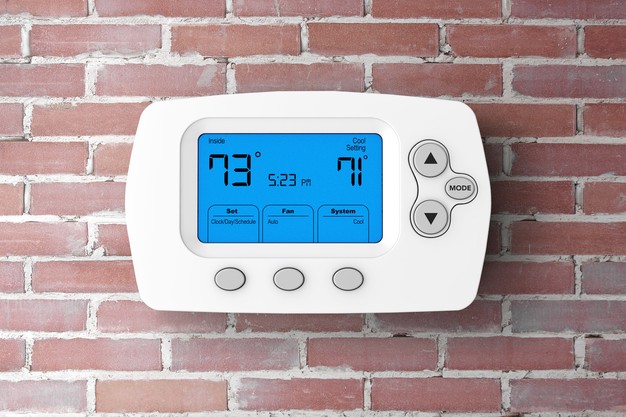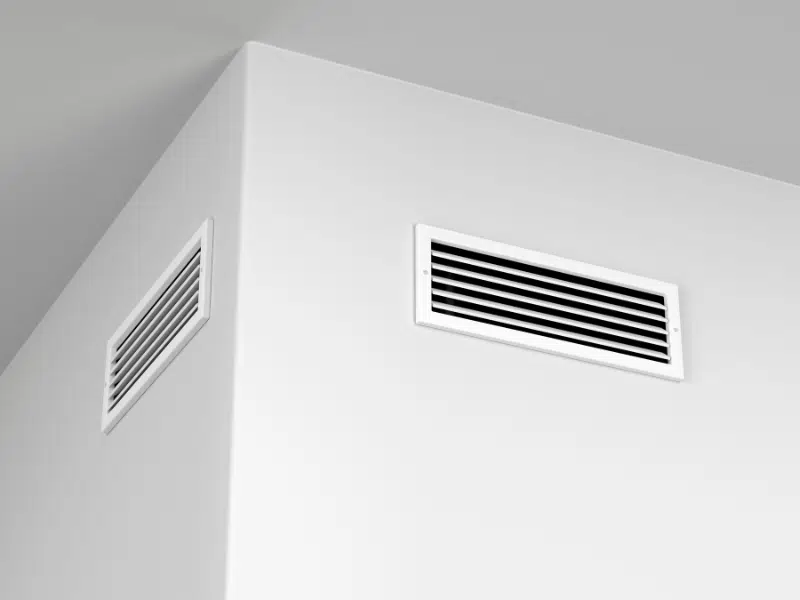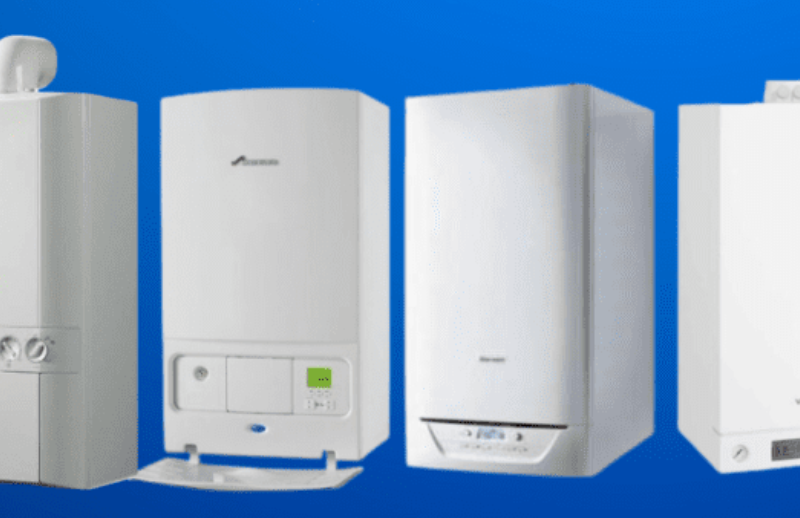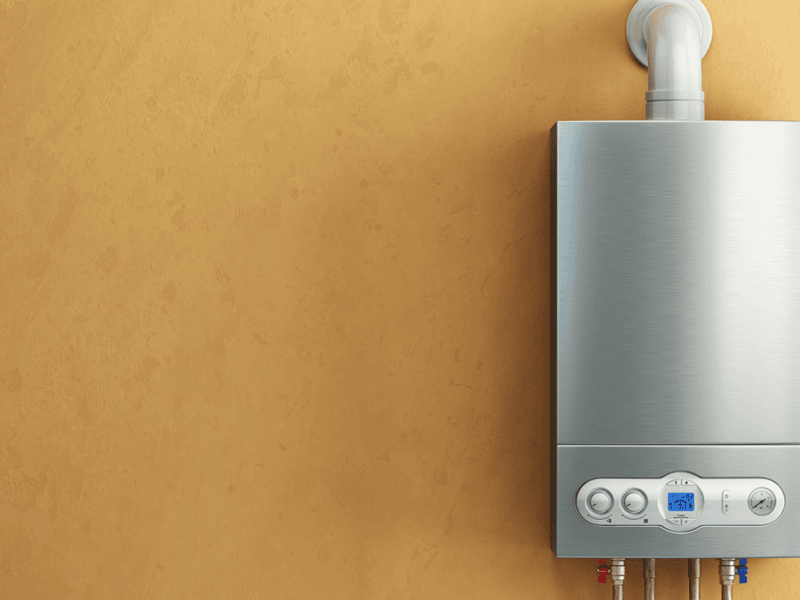Learn how to eliminate the conditions mold needs to grow inside older homes. This 2025 mold prevention guide focuses on air, moisture, and smart tech to create a healthy, mold-resistant living space.
Introduction: The Mold Problem Everyone Ignores—Until It’s Too Late
Mold doesn’t break into your home like a burglar. It doesn’t need an invitation. It arrives quietly—on your shoes, your coat, even through an open window. And most of the time, it’s not where it came from that matters.
What matters is this:
Mold grows only where it’s welcome.
That means moisture, stagnant air, porous surfaces, and poor ventilation. You can clean it, bleach it, scrape it. But unless you eliminate the conditions it thrives in, it will be back.
This guide isn’t about covering up mold. It’s about redesigning your home’s ecosystem so that mold can’t survive there in the first place.
Step 1: Understand What Mold Needs to Survive
To defeat mold, you need to know what keeps it alive. Here are its essentials:
- Humidity above 60%
- Stagnant air (no movement or exchange)
- Poor insulation causing condensation
- Organic materials to feed on (like wood, drywall, fabrics)
- Temperatures between 60–80°F (15–26°C)
Your mission? Remove or disrupt as many of these as possible.
Step 2: Monitor and Control Humidity
Target indoor humidity: 40–55%
How to maintain it:
- Use smart dehumidifiers with auto mode and humidity sensors (e.g., Midea Cube, Fral DryDigit)
- Install humidity-sensing fans in bathrooms and kitchens
- Set up wireless humidity monitors in high-risk areas (Aqara, Govee)
- Avoid drying laundry indoors without proper ventilation

Step 3: Boost Airflow and Ventilation
Fresh air disrupts mold’s comfort zone.
- Install HRV or ERV ventilation systems that exchange indoor air with filtered outdoor air
- Use ceiling fans, air circulators, and window vent locks for passive airflow
- Avoid sealing off basements and attics entirely—these need intelligent airflow, not stagnation
Bonus: Smart vents (like Flair or Keen) can redirect air where it’s needed most.
Step 4: Insulate Intelligently
Condensation forms when warm air meets cold surfaces.
- Add insulation to cold walls, pipes, and corners
- Use thermal paint in problem areas
- Seal gaps around windows, doors, and crawl spaces
Advanced fix: Thermal imaging tools (FLIR One) can identify cold bridges where mold often starts.
Step 5: Use Mold-Resistant Materials
Wherever possible, build smarter:
- Mold-resistant drywall (green board)
- Anti-microbial paints (Zinsser Perma-White, Benjamin Moore Aura)
- Tile, vinyl, or sealed concrete flooring instead of carpet in humid zones
- Seal wood and porous surfaces with anti-fungal finishes
Step 6: Clean Smart and Often
Even with ideal conditions, mold spores can still land and wait for opportunity.
- Use HEPA vacuum cleaners to capture spores
- Clean surfaces with enzyme-based cleaners, not just bleach
- Wash fabrics and filters (AC, dehumidifiers) regularly
Step 7: Use Smart Technology to Stay One Step Ahead
Don’t just react—automate defense:
- Smart home hubs alert you when humidity rises
- Smart thermostats (Ecobee, Nest) help manage temperature consistency
- Smart sensors and apps (Airthings, Netatmo) track air quality, VOCs, and mold risk

Conclusion: Mold Is Common. But It Shouldn’t Be Normal.
You can’t avoid mold spores. But you can make your home a place where they fail to grow.
Forget chasing stains. This is about changing the climate inside your home.
And once you do that, mold never gets the chance to become a problem.
Control the conditions. Win the war.


